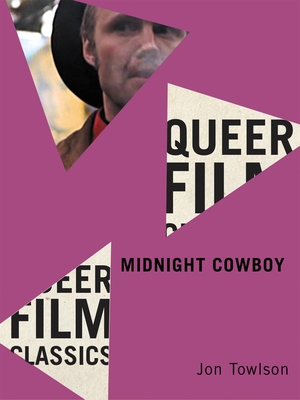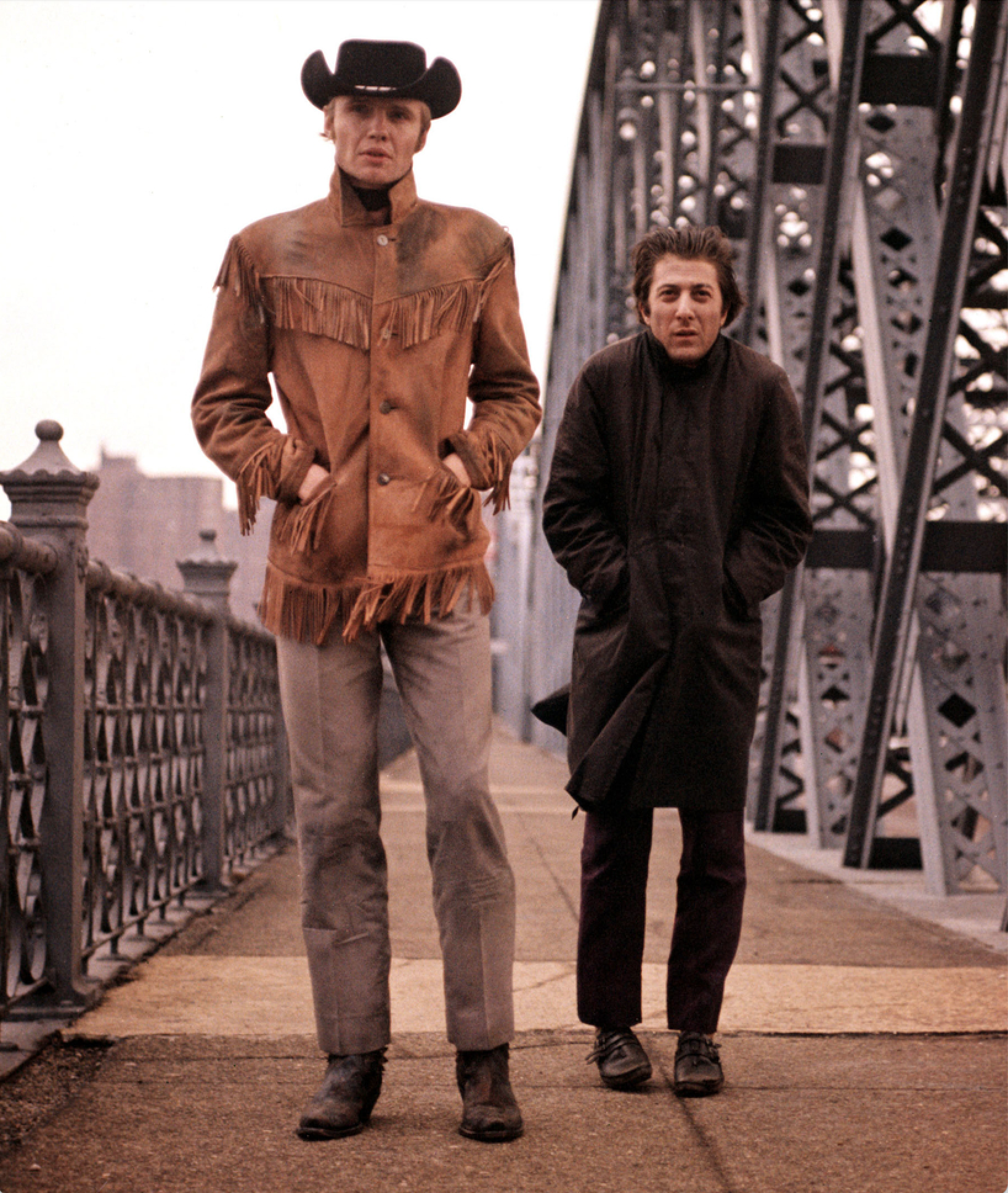 MIDNIGHT COWBOY
MIDNIGHT COWBOY
(Queer Film Classics Book 5)
by Jon Towlson
McGill-Queen’s University Press. 113 pages, $19.95
THE BEST FILM CRITICS recognize that a film exists in many different contexts, having gone through a series of passages from its initial conceptualization through writing, casting, and production, culminating in its critical and audience reception. In his reconsideration of Midnight Cowboy, Jon Towlson suggests that, when seen from all of these perspectives, the film represents an important turning point in the presentation of gay themes—not quite a celebration of gay male bonding but a crucial step in this direction and thus a forerunner to many films that followed.
Towlson presents a painstaking and detailed analysis of the principal scenes in the film, indicating how they relate to the issues of gay sexuality, homophobia, masculine mythologies, and male friendship. Arguing against some mainstream critics who dismissed the film as vulgar or exploitative, he suggests that many of the elements that provoked these views were simply presentations of life as it was in New York City in the 1970s, notably the dangerous and depressing world of 42nd Street hustlers.

Focusing on the relationship between Ratso Rizzo (Dustin Hoffman), the irascible grifter, and Joe Buck (Jon Voight), the aspiring gigolo from Texas, Towlson sees the growing friendship and even love between the two figures as the central dynamic of the drama. While there’s no indication that the two men have a sexual relationship (though it could be interpreted that way), what matters more is the growing affection and mutual caring between them. Both characters emerge through their failures and false illusions to join together in a relationship of mutual aid and interdependence.
Towlson’s analysis begins with the 1965 novel by James Herlihy on which the film is based, pointing out what elements in the novel were eliminated or altered, and what elements were added in the film version. He discusses the complicated relationship between the director, John Schlesinger, who was himself a gay man, and the issues addressed in the film. In a very interesting section, the author explores several of the negative reviews that the film received from major critics, who often revealed their homophobia and hostility to its depiction of the New York gay scene.
Finally, he highlights the profound influence that Midnight Cowboy exerted on subsequent moviemaking, suggesting that it was particularly important in creating the tradition of homoerotic buddy movies, as well as such films as Brokeback Mountain that came much later. As a step toward the depiction of openly gay people in film, Midnight Cowboy was an important milestone. But most important, as the author recognizes, it’s a compelling love story that happens to involve two men. Whether this makes it a “gay film” is a matter of nomenclature but largely beside the point.
____________________________________________________
James Gilbert’s four novels include Murder at the Olympiad.






